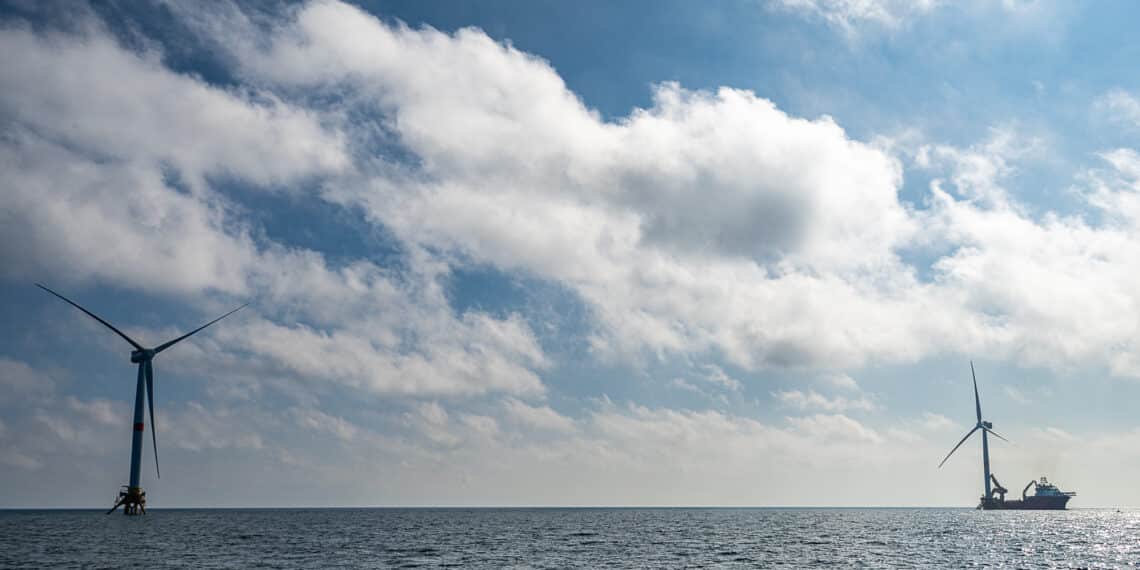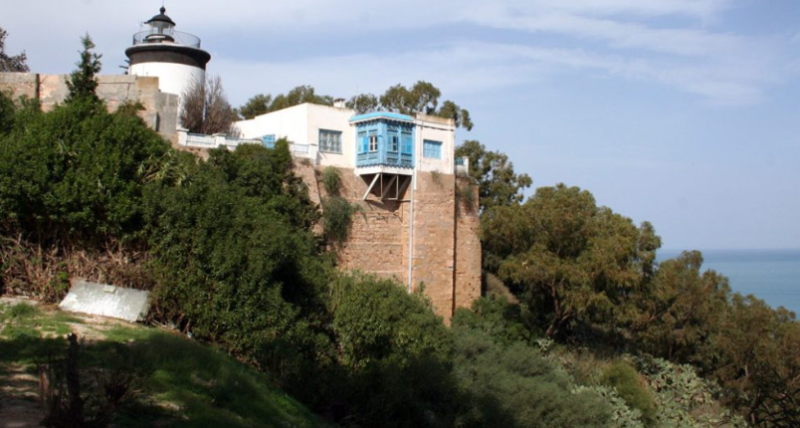According to an analysis by Plan Bleu, the development of wind farms in the Mediterranean Sea must find a balance between the production of green energy and the preservation of marine fauna. In a note published in the March 2024 edition of the Actor’s Notebook, The sea in debate, the Blue Plan, center of regional activities of the Mediterranean Action Plan (MAP) of the United Nations Program for environment (UNEP), underlines that the characteristics of the Mediterranean present great advantages for developing offshore wind power such as its “significant depth and its small extent of continental shelf, which make floating wind turbines more viable than installations with fixed foundations . »
Areas with high potential have already been targeted by specialists from the Maestrale project, such as the Gulf of Lion, the center of the Aegean Sea and the west of the Ligurian Sea. Nevertheless, experts note that « the frequent geographical coincidence of Marine Protected Areas (MPAs) with areas favorable to offshore wind farms, due to their exposure to strong winds, constitutes a notable obstacle to the large-scale expansion of the offshore wind power in the Mediterranean. » The cause is the collisions of wind turbines with birds and the noise pollution which disturbs marine mammals, even at great distances.
Plan to limit environmental impact
Depending on the density of wind farms, these negative externalities are increased tenfold and risk “leading to a significant drop in animal populations”, thus further threatening “the ecological state of ecosystems” already weakened by other activities at sea. Likewise, “the fragmentation and degradation of the marine habitat, accentuated by the installation of cables, requires particular attention to the cumulative effects on all potential sites. » The Blue Plan emphasizes that the development of offshore wind is essential to meet global and European decarbonization objectives, but it at the same time insists on the importance of finding a balance between renewable energy ambitions and marine conservation.
Thus, it recommends the adoption of “cumulative impact assessments and strict mitigation strategies throughout project planning. » The study also highlights the need to “adopt environmentally friendly technologies and practices, as well as continue environmental assessments throughout the life cycle of offshore wind farms”, in order to minimize their impacts. on marine fauna.




